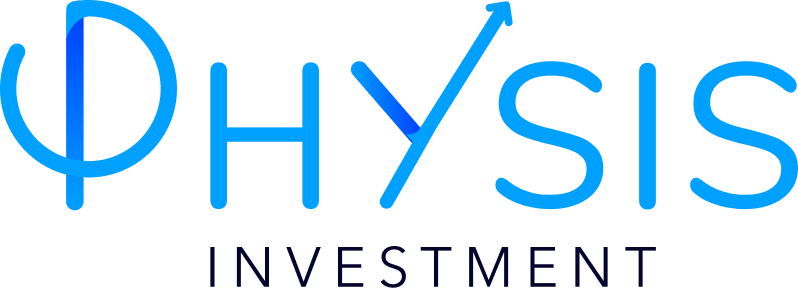
The Importance of Scope 3 Emissions
The race to net-zero is intensifying and one of the largest hurdles we need to tackle is the trickiest, indirect emissions from suppliers and consumers throughout an organization’s value chain. These emissions, commonly referred to as Scope 3 emissions, are notoriously intricate to quantify, yet they constitute a substantial portion of the global emissions landscape. On average, Scope 3 emissions account for a staggering 75% of a company’s greenhouse gas emissions (GHG), representing the largest segment of a company’s carbon footprint. Thus, reducing Scope 3 emissions is vital in achieving the global target of reducing total global warming to just 1.5 Celsius by 2100.
How Companies Can Reduce Scope 3 Emissions
As scope 3 emissions are indirect, they prove difficult to measure even with the assistance of the GHG Protocol Corporate Value Chain Standard. However, several strategies can be implemented when focusing on specific categories. Opting for low-carbon footprint goods, substituting raw materials with recycled, and switching to alternative oils can curb the footprint for purchased goods and services. In the realm of upstream and downstream transportation & distribution, although influencing the choice of vehicles employed by suppliers or distributors can pose challenges, companies can effectively lower transportation emissions (and expenses) by minimizing travel distances, consolidating large shipments to reduce the number of trips, and opting for lighter-weight products in their shipments. Whenever feasible, companies should consider transitioning to alternative fuels or utilizing vehicles with minimal emissions. Another consideration for reducing scope 3 emissions is addressing the “end of life” treatment (how the product is disposed) of sold products, this indirectly reduces emissions through thoughtful product design. To achieve this, one effective approach is to create products that are recyclable, resulting in lower emissions compared to landfill deposition or incineration. Additionally, extending the usable lifespan of the product is a valuable strategy to reduce both the number of products needing production and eventual disposal, therefore contributing to emission reduction efforts.
Benefits to Corporations
While companies are mandated to report their Scope 1 and 2 emissions (although reporting methods are not yet standardized), reporting Scope 3 emissions remains optional. However, this does not diminish the significance of companies actively seeking to lower their footprint in this category. Research indicates that companies successfully curbing their Scope 3 emissions tend to have higher-performing stock values. A 2015 study demonstrated that investment portfolios of low-carbon intensity stocks consistently outperformed portfolios consisting of high-carbon intensity stocks. Beyond the financial implications, targeting high-energy consumers within the supply chain can substantially improve energy efficiency, resulting not only in reduced Scope 3 emissions but also in cost savings. Moreover, companies have the opportunity to positively influence consumer sentiment in this endeavor. A recent 2021 survey underscored that 80% of customers now factor in energy efficiency when making purchasing decisions, recognizing its dual benefit of lowering energy expenses and contributing to climate change mitigation. Overall, addressing Scope 3 emissions in the midst of increasing urgency surrounding the climate crisis, becomes not only a business imperative but a pivotal step for corporations to embark upon.
Physis is a fintech company that offers investors a variety of sustainability tools and data to track the impact of their investments, scope 1, 2, and 3 emissions data! We make it easy for institutional investors to prove the sustainability of a company or fund beyond the ambiguous ESG score. Find out how we can help you today!
